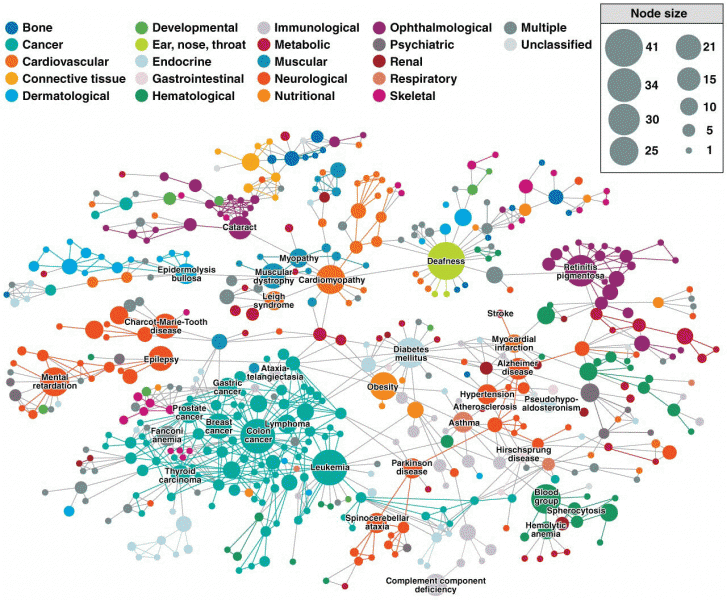Answer to Question 1
EBPP refers to electronic billing presentment and payment systems, which are forms of online payment systems for monthly bills. Analysts expect electronic bill presentment and payment to become one of the fastest growing e-commerce businesses in the United States over the next several years because everyone involved stands to benefit from the process. Billers will cut costs by eliminating printing, paper, envelopes, postage, and the processing of paper checks and payments. Furthermore, EBPP will offer billers an opportunity to enhance customer service and target market. Customers will save time and eliminate checks and postage. Companies can use EBPP to present bills to individual customers electronically or they can contract with a service to handle all billing and payment collection for them. There are four main types of EBPP business models: online banking, biller-direct, mobile, and consolidator. The online banking model is the most widely used today. Consumers share their banking or credit card credentials with the merchant and authorize the merchant to charge the consumer's bank account. This model has the advantage of convenience for the consumer because the payments are deducted automatically, usually with a notice from the bank or the merchant that their account has been debited. In the biller-direct model, consumers are sent bills by e-mail notification, and go to the merchant's website to make payments using their banking credentials. This model has the advantage of allowing the merchant to engage with the consumer by sending coupons or rewards. The biller-direct model is a two-step process, and less convenient for consumers. The mobile model allows consumers to make payments using mobile apps, once again relying on their bank credentials as the source of funds. Consumers are notified of a bill by text message and authorize the payment. The mobile model has several advantages, not least of which is the convenience for consumers of paying bills while using their phones, but also the speed with which bills can be paid in a single step. This is the fastest growing form of EBPP. In the consolidator model, a third party, such as a financial institution or a focused portal such as Intuit's Paytrust, Fiserv's MyCheckFree, Mint Bills, and others, aggregates all bills for consumers and permits one-stop bill payment. This model has the advantage of allowing consumers to see all their bills at one website or app. However, because bills come due at different times, consumers need to check their portals often. The consolidator model faces several challenges. For billers, using the consolidator model means an increased time lag between billing and payment, and inserts an intermediary between the company and its customer.
Answer to Question 2
D







